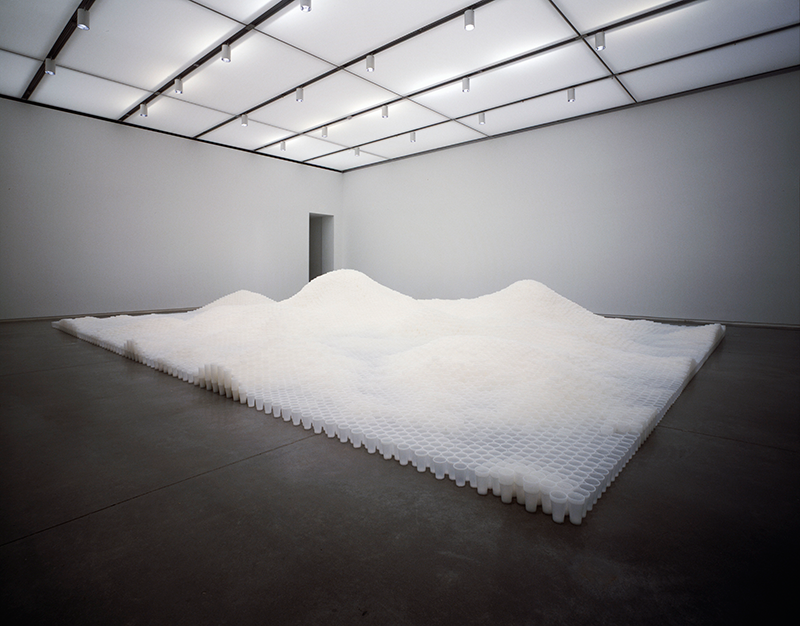
Jupiter Artland: Tara Donovan, Untitled (Plastic Cups), 2006 2015. Plastic cups. Dimensions variable. Courtesy of the artist.
Edinburgh Art Festival has just announced its programme for 2015. This year sees international artists introduced to Scottish audiences for the first time including Americans Tara Donovan and John Chamberlain, Korean artist Kwang Young Chun and the late German artist Hanne Darboven. There will also be the chance to see new works by artists Toby Paterson, Sara Barker, Charles Avery and Marvin Gaye Chetwynd as well as early career artists from the open call still to be determined. We got in touch with EAF’s Director, Sorcha Carey to find out more.
If you only had one day in Edinburgh on a limited budget, what five exhibitions would you recommend not to miss?
Most of our programme is free, and Edinburgh is supremely walkable, so there would be a whole host of options. If the weather’s nice, I’d recommend a morning walk down to Inverleith House to see the John Chamberlain, and then continuing on along the Waters of Leith to Edinburgh Sculpture Workshop to see Toby Paterson, with Rhubaba just around the corner. After lunch in town, you could take in Hanne Darboven at the Talbot Rice Gallery, and Kwan Young Chun at Dovecot. Then if you’re super keen, you could pop into Phyllida Barlow, at the Fruitmarket, conveniently located just next to the train station (and the café does great cakes, if you’re in need of a pick me up).
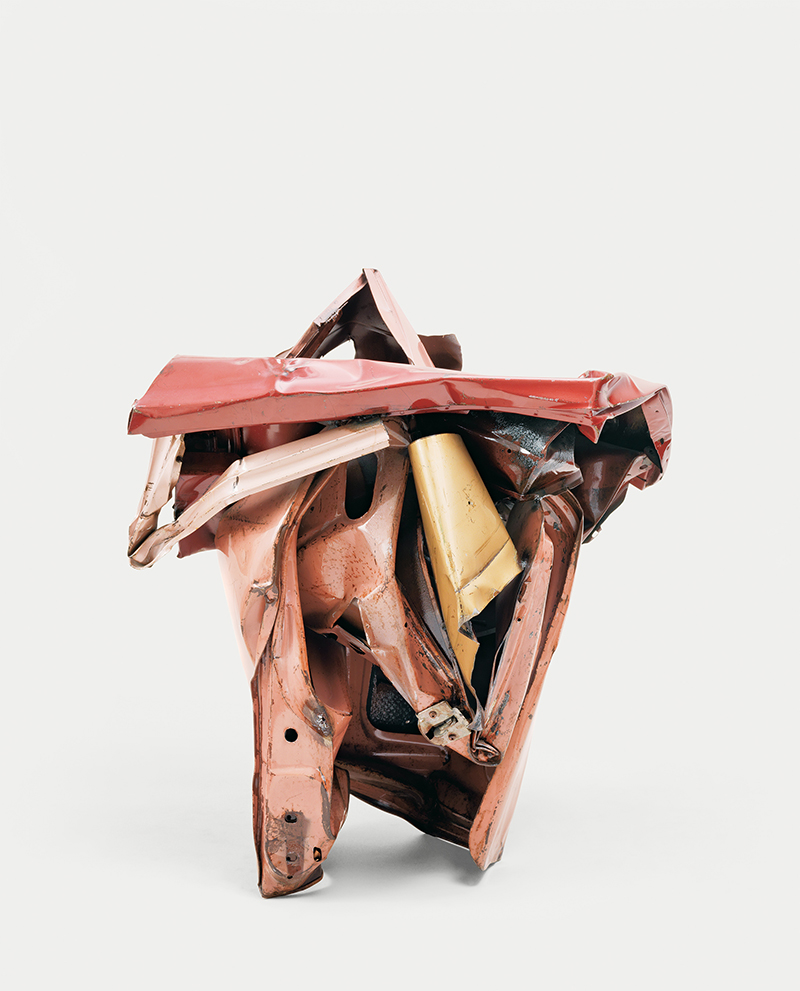
Inverleith House: John Chamberlain, ‘Miss Lucy Pink’, 1962. Painted and chromium-plated steel. 47 × 42 × 39 inches (119.4 × 106.7 × 99 cm) Private collection. © 2015 Fairweather & Fairweather LTD/Artists Rights Society (ARS), New York. Photography by David Heald. Courtesy Gagosian Gallery.
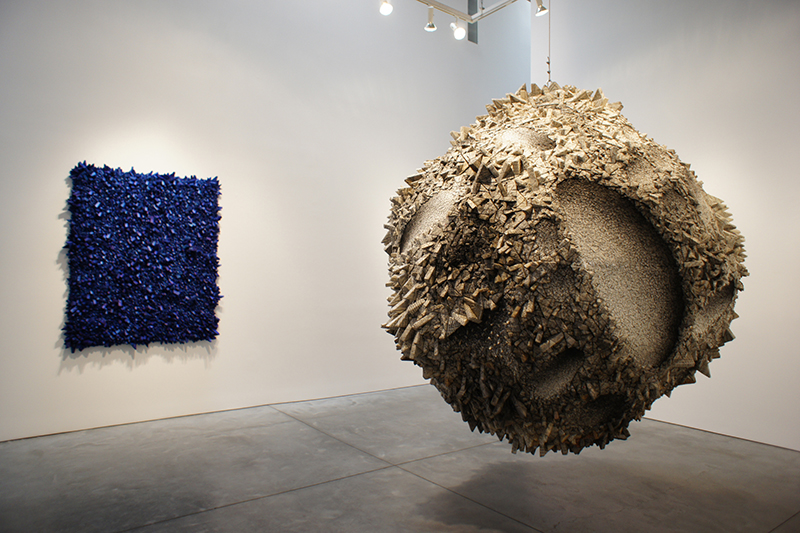
Dovecot Studios: Kwang Young Chun, ‘Aggregation 06 – JN028’, 2006. 250cm diameter. Mixed media with Korean mulberry paper.
This is your fifth year as Festival Director. What’s the most important thing you’ve learned since your first EAF festival and how has your approach now changed?
I remember coming across that wonderful Beckett quote after my first festival – Try Again, Fail Again, Fail Better – and it has kept me company since then. It speaks to me of that tightrope you walk, wanting to do better each year, but also needing to be ready to fail. I have a much greater understanding of our context now – both the city itself, and what it becomes in August. And one certainty about festivals is that they will always surprise you – each year has its own energy, and at a certain point you have to let go and allow the festival be what it wants to be that year!
The festival seems to encourage works which sits outside of the traditional gallery space. Can you give us a preview of what visitors might expect on Edinburgh’s streets?
Programming work for public spaces is at the heart of what we do – it’s one of the ways in which we try and make contemporary practice more accessible, as well as to engage in a lively conversation with our context. Last year, we were fortunate enough to work with the Indian curator Vidya Shivadas, and something she said to me on one of her visits really stuck with me, and has provided the inspiration for this year’s programme. ‘Sorcha, you live in a picture postcard‘, she said. There are definitely moments when Edinburgh feels like more an illustration in a book than a real place, and this year’s programme explores that tension. There’s a strong strand in contemporary practice, of artists who create quite self-contained worlds – they are entirely invented, but they provide really important ways to think about and reflect on real lived experiences. So visitors to Edinburgh in August will have a unique opportunity to encounter a series of fictional worlds in a city which itself keeps one foot in the world of the real, one in the world of the imagination (the mad god’s dream, as Hugh MacDiarmaid described Edinburgh).
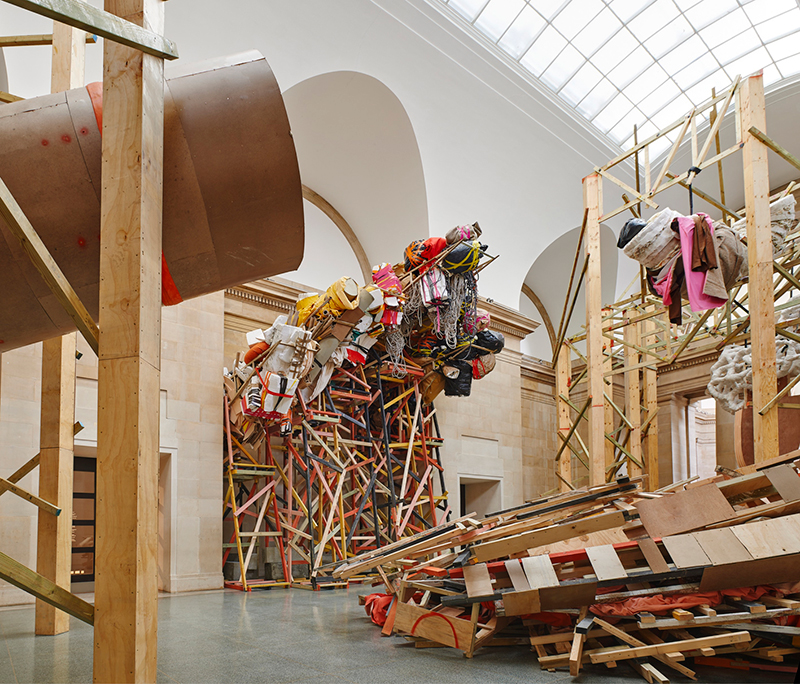
Fruitmarket: Phyllida Barlow. Installation view: dock. Tate Britain, London, 31 March – 19 October 2014.
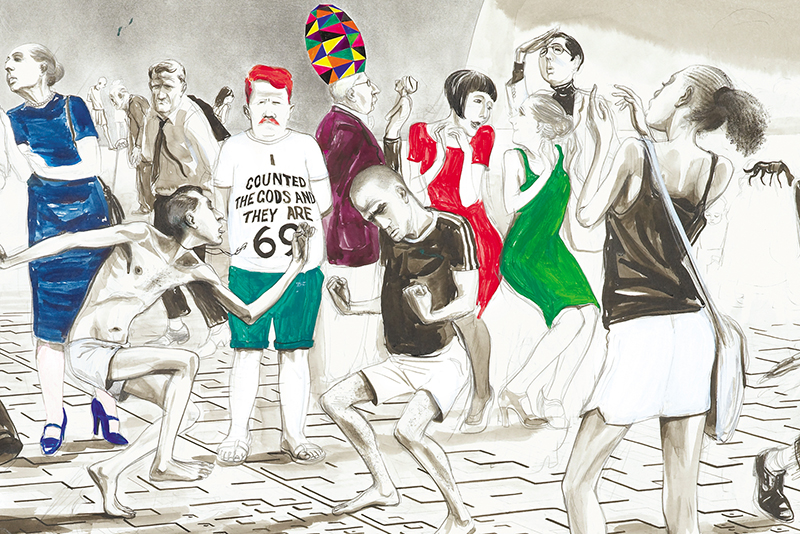
Ingleby Gallery: Charles Avery, ‘Detail of Untitled (Dancers outside the MoA, Onomatopoeia)’, 2012. Pencil, ink, acrylic and gouache on paper. 83.5 x 114 cm (image size). Private collection. Image courtesy of the artist and Ingleby Gallery, Edinburgh.
Christine Borland, Craig Coulthard and yourself will select a minimum of three early career artists from the open call. What are you looking for from the applicants?
We really want the festival to provide more opportunities for artists trying to develop a full-time practice in Scotland, and our new platform for early career artists is one way in which we are trying to support this,
I can’t speak for my fellow selectors, but I’m looking forward to being surprised, to encountering new work and approaches that I’ve not seen before, and having the opportunity to share that with our audiences.
As the only annual Scottish international contemporary art festival, how does this year’s festival address Scotland’s cultural heritage?
One of the things which makes our festival programme so unique, is that we are not exclusively focussed on contemporary art. While this is definitely one of the core strengths of our programme, we also always have a really strong range of historic shows also. So this year, as well as new work by contemporary practitioners, both the Queen’s Gallery and City Art Centre are showing survey shows of historic Scottish work stretching right back to Ramsay and Wilkes. I think this provides a really interesting context, to see the latest generation of Scottish artists against a backdrop of over 200 years of extraordinary art making.
A festival on this scale with anticipated audience figures of over 300,000 must take its toll. What are your plans for 31 August and when do start planning the 2016 festival?
Yes – September is definitely a time for catching up on sleep (and re-reading Beckett!). We’ve already started planning for 2016, though as ever, there’s still a lot to do…
The festival runs for one month this summer from 30 July – 30 August. See the full programme online here.
More: Website | Facebook | Twitter
//////
Want to read more Q&As with creatives? Find them here.


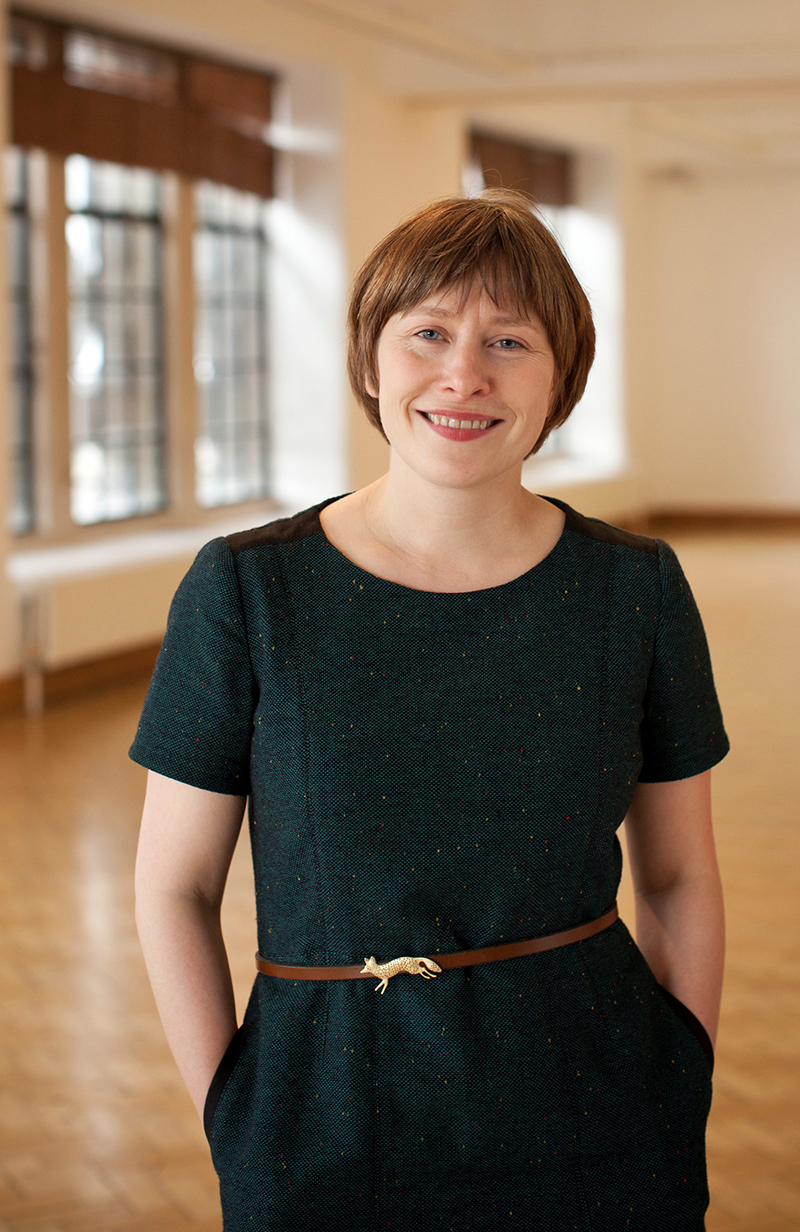

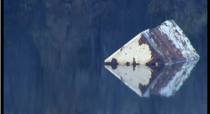










Comments